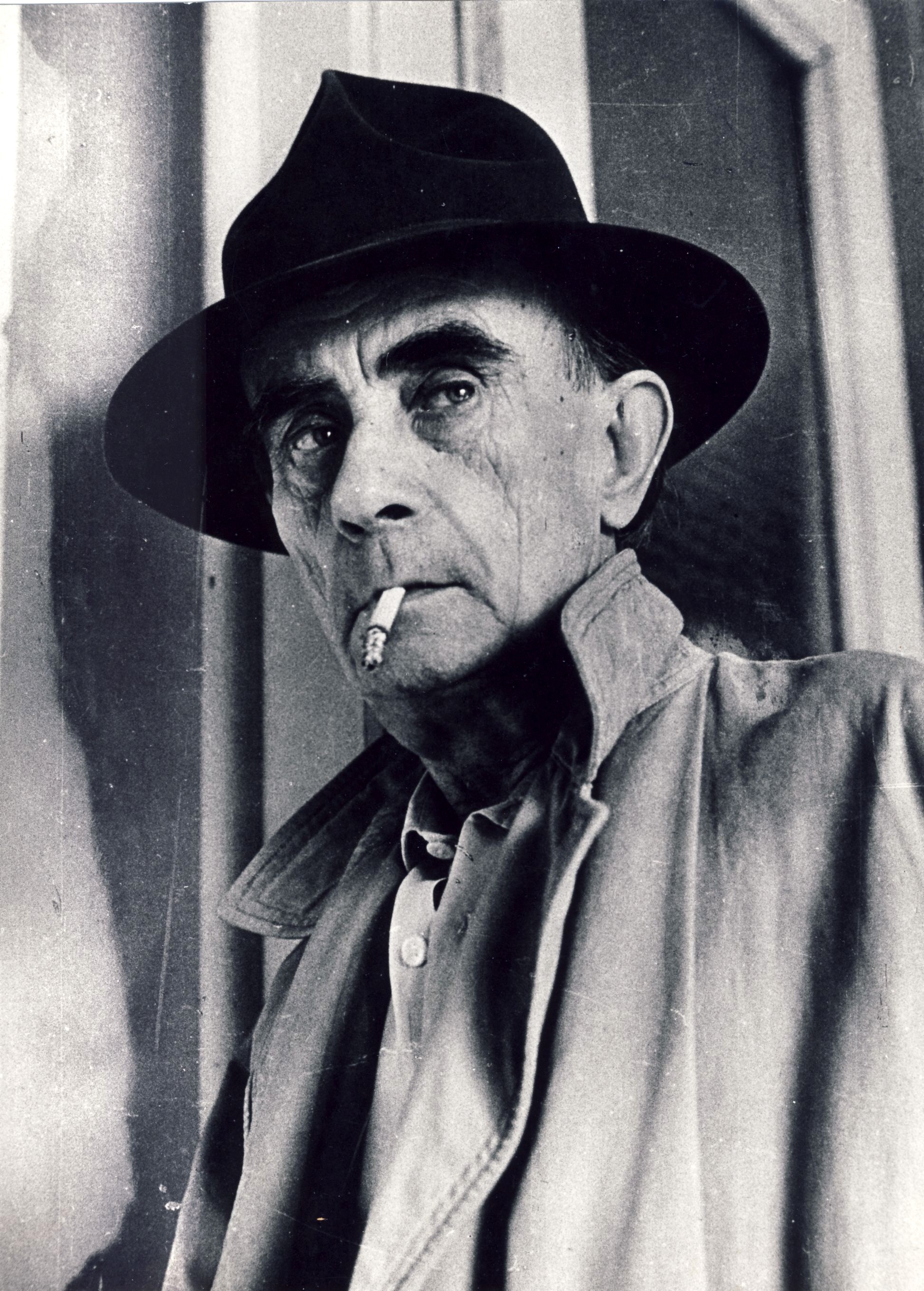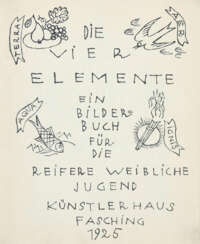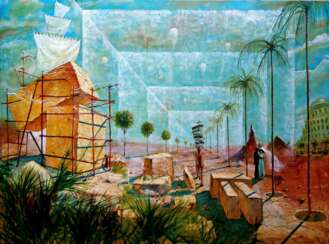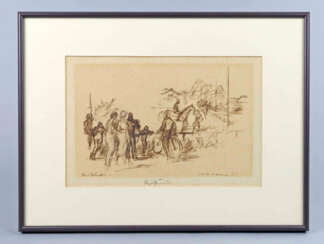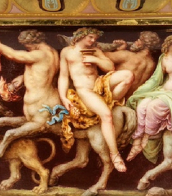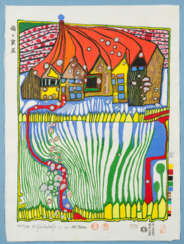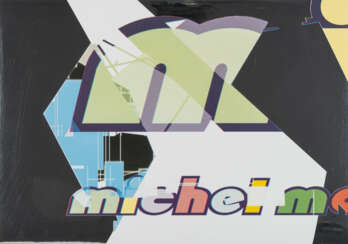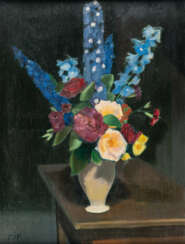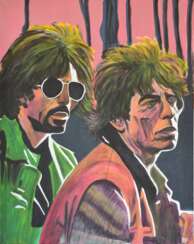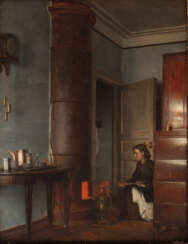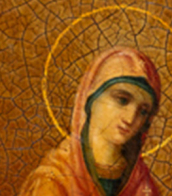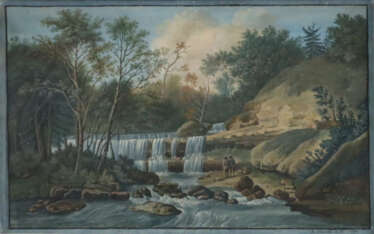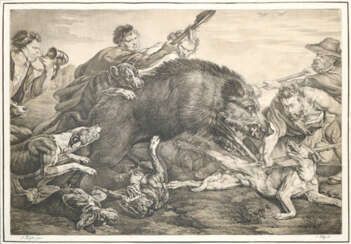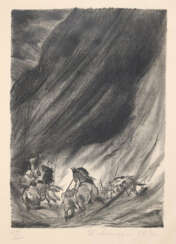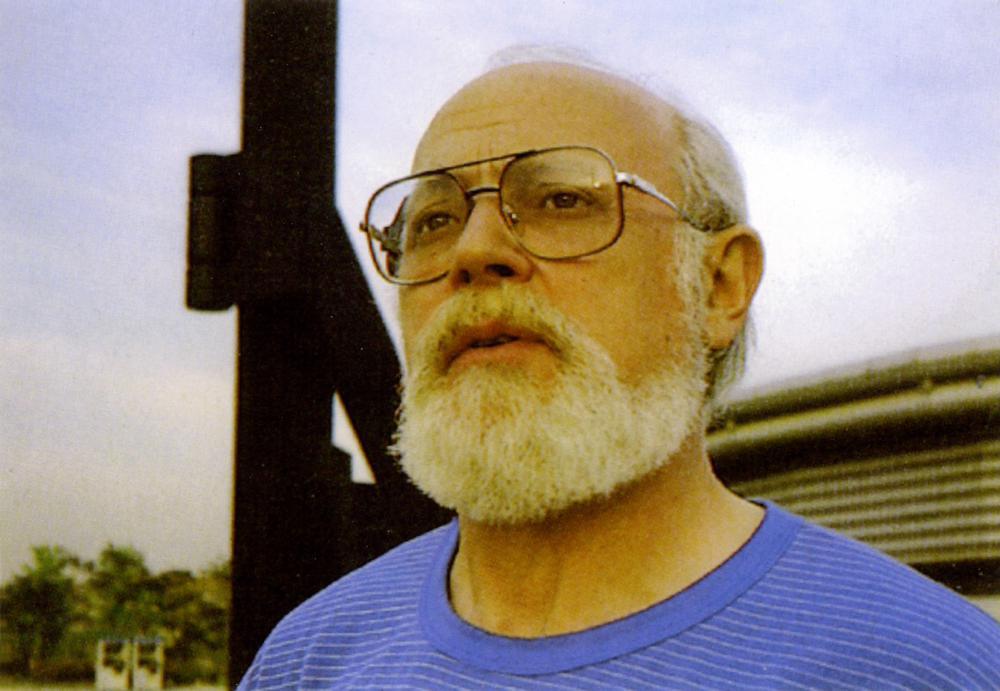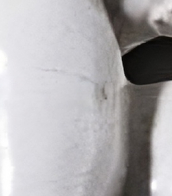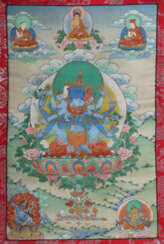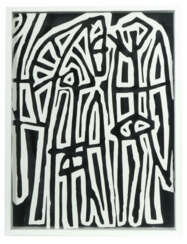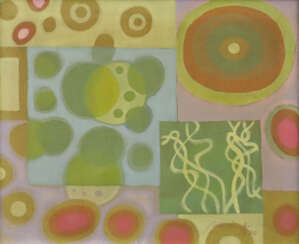606 Items by auctions and galleries:
kunst und künstler
Meeting under the palm trees.
Sergiy Roy (b. 1958) 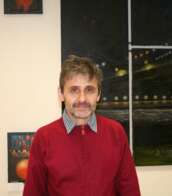 Shop Roy Sergiy
Shop Roy Sergiy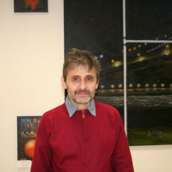

Sergiy Roy
04.04.1958
Ukraine
EXHIBITIONS:
INTERNATIONAL ART EXHIBITION,
MOSKOW, RUSSIA, WARSAW, POLAND, 1984
BASHKIRTSEV’S ART EXHIBITION, MUSEUM OF FINE ART, POLTAVA, UKRAINE, 1988
AVAN/ART IN ROVANIEMI, FINLAND, 1990
ANNUAL NATIONAL ART EXHIBITION, KYIV, UKRAINE, 1990
AVAN/ART, MUSEUM OF FINE ART, MURMANSK, RUSSIA, 1990
AVAN/ART IN JACKSONVILLE, KENT GALLERY, JACKSONVILLE, FLORIDA, USA, 1991
AVAN/ART IN JACKSONVILLE, DAWNTOWN GALLERY, JACKSONVILLE, FLORIDA, USA, 1991
ME+ME+ME+ME+…/AVAN CENTER OF CULTURE MURMANSK, RUSSIA, 1992
NATIONAL EXHIBITION ART GALLERY, KIYV, UKRAINE, 1993
PAN-UKRAINE, DNIPROPETROVSK, UKRAINE, 1995
EXHIBITION MODERN ART GALLERY, POLTAVA, UKRAINE, 2003
REGIONAL EXHIBITION MODERN ART GALLERY, POLTAVA, UKRAINE, 2005
REGIONAL EXHIBITION MODERN ART GALLERY, POLTAVA, UKRAINE, 2007
KYIV-ART. 2008 HOUSE OF TEACHER ,KYIV , UKRAINE 2008
M-ART GALLERY KHARKIV, UKRAINE 2010
IN GARDENS OF VICTORY GALLERY , ODESSA, UKRAINE 2011
Florence Design Week "Crossing People" Exhibition,FLORENCE,ITALY,2013
Gallery Fine ART, POLTAVA,UKRAINE,2013
Gallery " TRYPTYH", KYIV,UKRAINE,2014
Fine ART Gallery ,POLTAVA,UKRAINE,2014
Ukrainian Free Universety, MUNKHEN,GERMANY,2014-2015
ARTGESCHOSS, internationale kunstausstellung, Salzgitter Bad,GERMANY,2017
Art Revolution Taipei,Taiwan , 台北新藝術博覽會,2018
Private collections:
Mr. Roman Kupchinsky (USA, New York)
Dr. Ulf Bethmann (Germany, Hamburg)
Ms. Monika Platek (Poland, Krakov)
Museums and collection:
Jacksonville College (Florida, USA);
Khmelnitsckiy National Art Museum (Ukraine);
Poltava Art Museum (Ukraine);
Modern Art Gallery Poltava (Ukraine);
Austria, Australia, Dubai, USA, Germany, England, Russia, Israel, Irland, New Seland, Taiwan, Ukraine,Poland.

Artist shop
Roy Sergiy
Ukraine
Number of products: 209
Lot 4283 Michel Majerus. 4 Bll. aus: Ohne Titel (Edition Griffelkunst)
Michel Majerus (1967 - 2002) 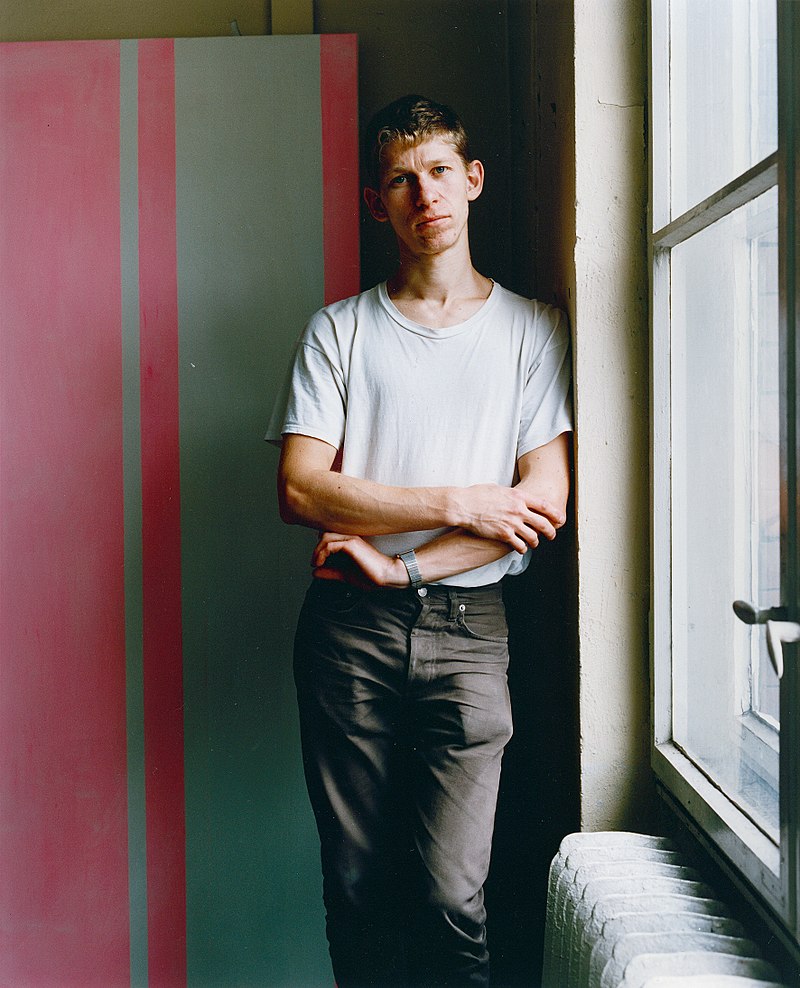 A931: Post War/ Contemporary Art
A931: Post War/ Contemporary Art 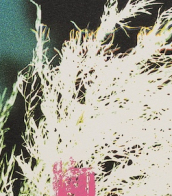

Michel Majerus
09.06.1967 - 06.11.2002
Germany, Luxembourg, USA
Michel Majerus was a Luxembourgish artist who combined painting with digital media in his work.

KARL & FABER Kunstauktionen
A931: Post War/ Contemporary Art
Date: 05.12.2025 18:00 UTC +01:00
Number of lots in the catalog: 161
Lot 4489 Theodor Werner. Stillleben mit Rosen, Nelken und Rittersporn
Theodor Werner (1886 - 1969) 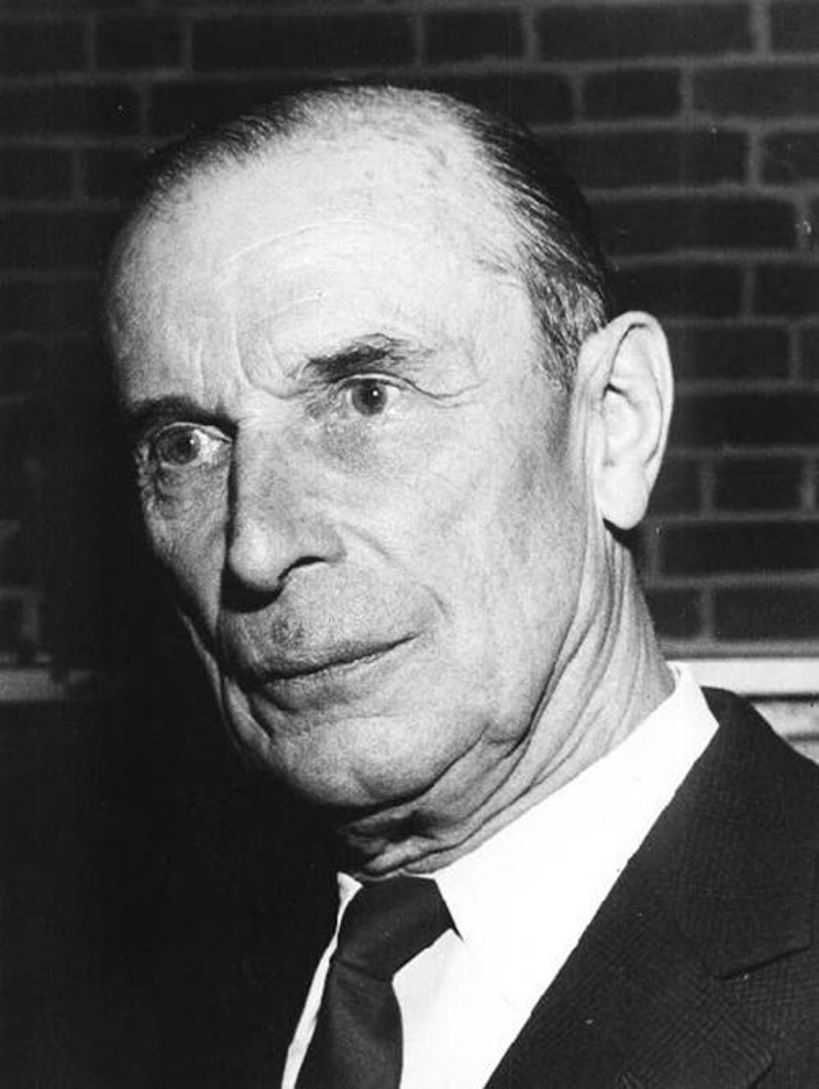 A931: Moderne Kunst
A931: Moderne Kunst 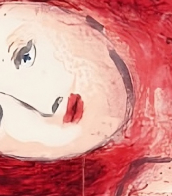

Theodor Werner
14.02.1886 - 15.01.1969
Germany
Theodor Werner was a German painter.

KARL & FABER Kunstauktionen
A931: Moderne Kunst
Date: 05.12.2025 18:00 UTC +01:00
Number of lots in the catalog: 96


